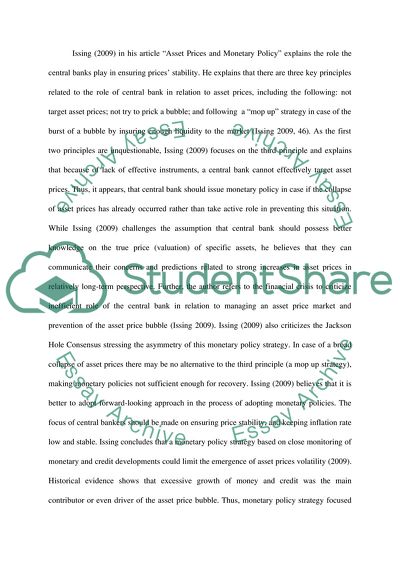Cite this document
(Effects of Federal Reserve Monetary Policy on U.S. Asset Prices Research Paper, n.d.)
Effects of Federal Reserve Monetary Policy on U.S. Asset Prices Research Paper. https://studentshare.org/finance-accounting/1841083-effects-of-federal-reserve-monetary-policy-on-us-asset-prices
Effects of Federal Reserve Monetary Policy on U.S. Asset Prices Research Paper. https://studentshare.org/finance-accounting/1841083-effects-of-federal-reserve-monetary-policy-on-us-asset-prices
(Effects of Federal Reserve Monetary Policy on U.S. Asset Prices Research Paper)
Effects of Federal Reserve Monetary Policy on U.S. Asset Prices Research Paper. https://studentshare.org/finance-accounting/1841083-effects-of-federal-reserve-monetary-policy-on-us-asset-prices.
Effects of Federal Reserve Monetary Policy on U.S. Asset Prices Research Paper. https://studentshare.org/finance-accounting/1841083-effects-of-federal-reserve-monetary-policy-on-us-asset-prices.
“Effects of Federal Reserve Monetary Policy on U.S. Asset Prices Research Paper”. https://studentshare.org/finance-accounting/1841083-effects-of-federal-reserve-monetary-policy-on-us-asset-prices.


